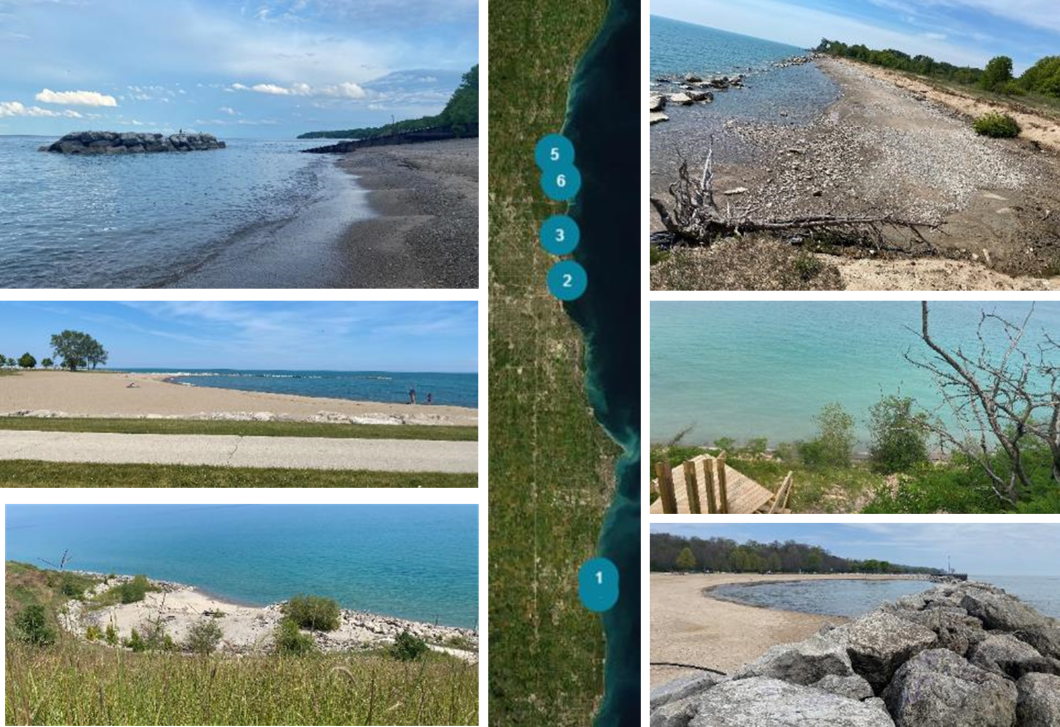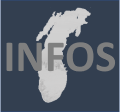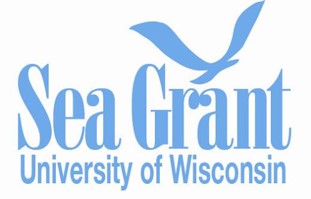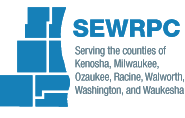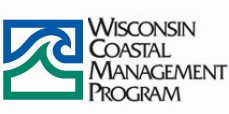Coastal Actions for Resilience and Economic Security (CARES) of Southeastern Wisconsin Bluff, Beach, and Infrastructure Assets
Bluffs, beaches, and harbor infrastructure of Southeastern Wisconsin are vulnerable to erosion, coastal storms, & fluctuating water levels which threaten coastal properties & impair economic security of the region’s tourism and commerce. Implementation of coastal protection to reduce risk may have negative impacts that are not fully understood across coastal protection types. While stakeholders recognize benefits of collaboratively and proactively addressing coastal hazards, uncertainty remains regarding what shoreline change conditions to prepare for, how to implement resilient actions, & how to work together regionally. Despite the plethora of coastal protection structure types along the coast, there is a knowledge gap for understanding the impacts associated with coastal protection structures. A review of coastal protection structures and shoreline types and their associated impacts will provide guidance for coastal resilience. The needs for coastal resilience will be addressed via a review of several multi-stakeholder assessments in the region. Common resilience needs will be identified in these studies through: (i) Prediction and mapping of shoreline erosion & bluff failure; (ii) Communication of risks & actions; and (iii) Guidance & facilitation on collaborative solutions. Through characterization of shoreline/bluff recession and hydrodynamic forces, a series of GIS-based story maps will be created to communicate the impacts of coastal protection structures and the associated hazards to stakeholders and the public. The CARES approach will help address the needs to enhance coastal resilience through increasing awareness of risks, hazards and impacts from differing coastal protection structure types in Southeastern Wisconsin along the coast of Lake Michigan.
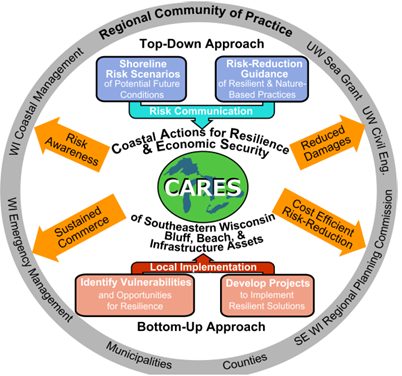
CHAMPS (Coastal Hazard Assessment and Management for Protective Structures)
OBJECTIVE
Tell a story about the impacts, pros/cons, and lessons learned of coastal protection structure and shoreline types through a virtual field trip of case studies in Southeastern Wisconsin along the coast of Lake Michigan. CHAMPS should provide a guided understanding of coastal protection structures and their associated impacts, risks, and hazards. Each representative case study site was selected along with Wisconsin coast of Lake Michigan based on coastal protection structures and shoreline/bluff types. A tour of story maps will be created for identified case studies with selected coastal protection structure types.
